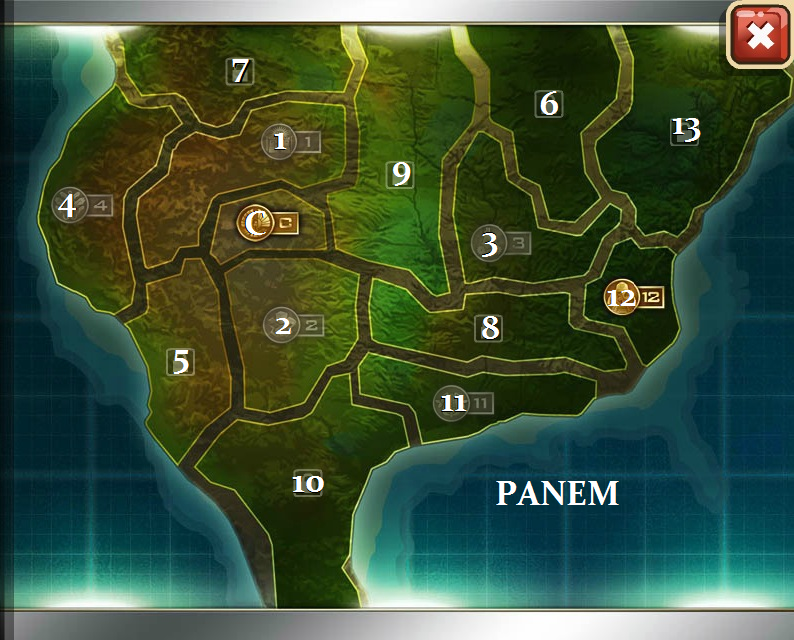This post will be analyzing and
contributing to a blog post created by Maggie Kaliszak titled “The Thing Power
of the Haptic Suit”. The third installment in her blog series, Maggie introduces
the reader into the world of Ready Player One by Ernest Cline and develops a
discussion about thing power behind the haptic suits. In previous posts I have discussed
new materialism by Jane Bennett, and Maggie further explores this reading to
define the differences between agency, agent, actor and actant. She explored both
texts very thoroughly prior to diving into the haptic suit.
The haptic suit serves to immerse a
player into the OASIS and functions as a controller that uses your body to
navigate the virtual reality. Maggie alludes that the effect of the suit doesn’t
serve to immerse yourself into virtual reality, rather it functions to remove
yourself from physical reality. It is an assemblage of many smaller pieces (gloves,
goggles, electronics, and other body pieces) that furthers the immersion of the
OASIS and permits physical sensations. The agency of the haptic suit extended
beyond its physical effect on the user. The existence of the suit creates a larger
disparity of economic class. Only the extremely wealthy can afford a full suit
or an immersion rig like Wade eventually purchases. Not being able to afford a
full suit creates a different experience.
 |
| Wade in Haptic Suit. Source: https://cdn.geekwire.com/wp-content/uploads/2018/03/180330-readyplayerone-630x428.png |
Being able to afford a suit
implies the ability to interact with the environment within the OASIS at a much
more intimate level. Being able to feel objects and to immerse yourself creates
an advantage in the OASIS in the Halliday Egg Hunt.
I want to further this discussion
of environment on two fronts:
The first front that I want to acknowledge
is the idea of virtual objects within this universe. If the wearer of the suit
can feel, smell, hear, and see the environment surrounding them, does this virtual
environment function just the same as a physical environment like we are
adjusted to? Art3mis struggles to accept the love she feels for and from Wade,
claiming that there could be no way that Wade could experience love in the
OASIS claiming that she could be anyone, even a middle aged dude named Chuck
living in their parents basement. However, the reader watches Wade struggle from
symptoms of depression and anxiety that stems from his breakup with Art3mis. Every
single pixel within the OASIS is not natural and challenges the binary of nature
vs thing. To abide by this binary, everything experienced by Wade is merely an
object including all touch and interactions with Art3mis. This suggests that these
things had the power to allow Wade to feel the emotion of love and to experience
loss and depression. If Wade had never met Art3mis, he would have been in love
with a thing that reflected and manipulated the image of a person.
The second front is the availability
of other physically stimulating gear, such as the sex robot that Wade purchased.
Having money granted Wade the power to eradicate his desires sexually as well
that ultimately breaks his immersion within the game. Within the OASIS he
believes that he is having intimate relations with simulations, but this is
broken every time he unplugs and looks at this grotesque sex toy. It deepens
his depression and falters the effect of the virtual world to the point that he
cares to improve his physical health and appearance.
This implies that there is an effect
of physical objects on virtual objects and a complex assemblage of things that
affect Wade’s emotional, physical, and social health. This will be important to monitor as society members with this technology under development in our real word.
Works Cited
Kaliszak, Maggie. “The Thing Power
of the Haptic Suit.” Dystopian Fiction Blog, February 28, 2020. https://dystopianfictionkaliszak.blogspot.com/2020/02/the-thing-power-of-haptic-suit.html







